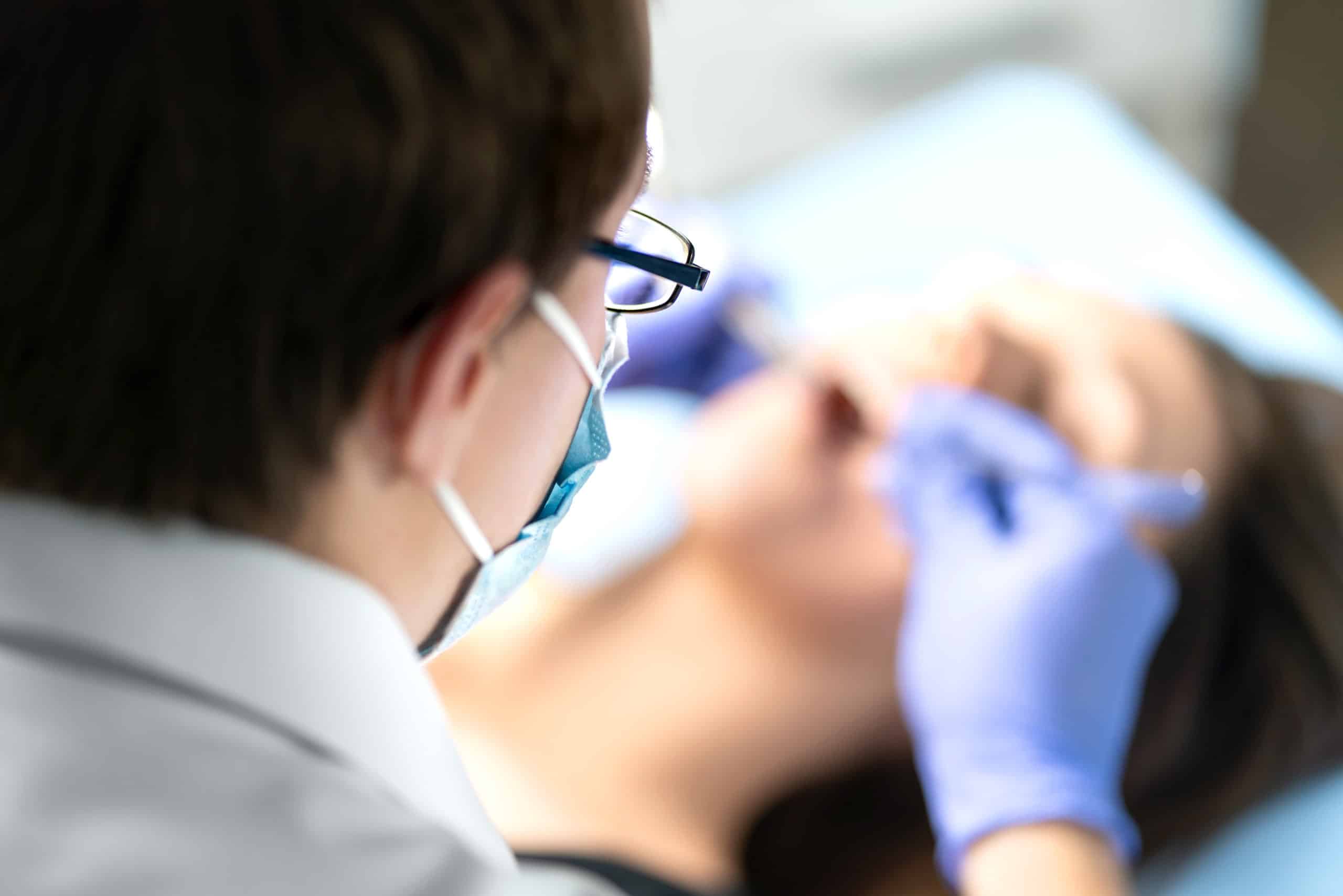
Oral Biopsy

An oral biopsy is a procedure used to determine what is causing a lesion or discomfort in the mouth. Although there are many ways to perform an oral biopsy, most can be performed in the doctor’s office and only take a few minutes.
If there is a concern for a cancer inside the mouth, a patient will need a biopsy of the lesion in order to make a diagnosis. There are a number of ways to perform an oral biopsy. Fortunately, almost all tumors in the mouth can be biopsied in the office with a little numbing medicine (either a spray, a tiny injection, or both). It will take only a few minutes to do the biopsy.
After a piece of the lesion is removed, pressure will be applied with gauze to stop any small amount of bleeding that will result from the biopsy. The bleeding usually stops after a few minutes, or the doctor might use a chemical cautery such as silver nitrate to stop the bleeding.

Download This Section
Feel free to download and print this page.
It’s free for personal use and to share with others you think might benefit from the information provided.
What Do Most Oral Biopsies Entail?
- Numbing medicine (either a spray, a tiny injection, or both) may be used.
- A piece of the lesion is removed.
- Pressure is applied with gauze to stop any small amount of bleeding that may result from the biopsy.
- A chemical cautery (e.g. silver nitrate) may be used to stop the bleeding.
Types of Oral Biopsies
Incisional Biopsy
This is a biopsy in which the doctor will take only a piece of the suspicious lesion without removing all of it. It is important that the biopsy is deep enough so that the pathologist can make a diagnosis.
Punch Biopsy
This is a type of incisional biopsy in which a special punch biopsy tool is used to remove a small cylinder of tissue from the suspicious area in the mouth. The advantage of this method is that it can help to determine the depth of the lesion.
Excisional Biopsy
In this technique, the whole area of concern is removed. Typically, if the diagnosis is unknown, doctors will start with an incisional biopsy to determine the diagnosis before removing the entire lesion. However, sometimes the lesion is small and an excisional biopsy will be performed.
Brush Biopsy
This is often used by dentists, and they basically rub a few cells off the surface of a suspicious lesion. This is not ideal for diagnosing oral cancer because it doesn’t get into deeper layers of tissue. However, it can give some information and lead to a diagnosis of cancer.
Fine Needle Aspiration Biopsy
Fine needle aspiration biopsy (FNAB) is a technique in which a tiny needle is placed into the tumor and some cells are drawn out through a syringe. The pathologist will then immediately look at the cells under the microscope and let the doctor know if there were enough cells to make a diagnosis. The doctor may take a number of samples to increase the likelihood that there are enough cells to make a diagnosis. The final diagnosis may take a few days to come back.
Surgical Biopsy
In some cases, a doctor might elect to take a patient to the operating room to perform a surgical biopsy if the lesion is difficult to access because of its location or the patient’s inability to open their mouth.












